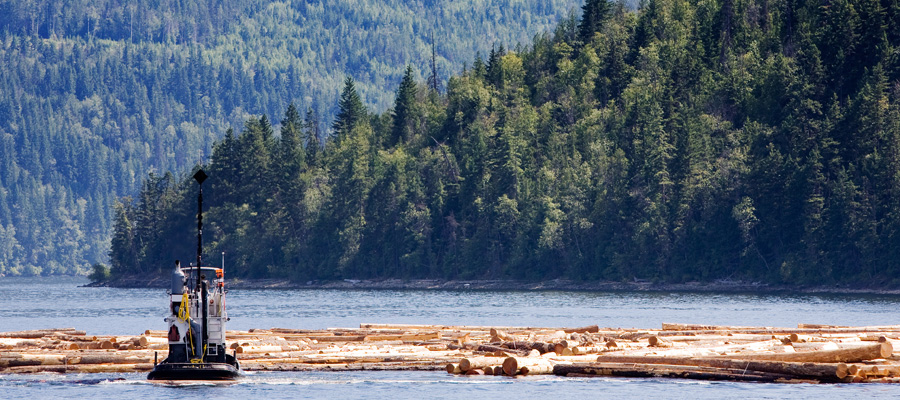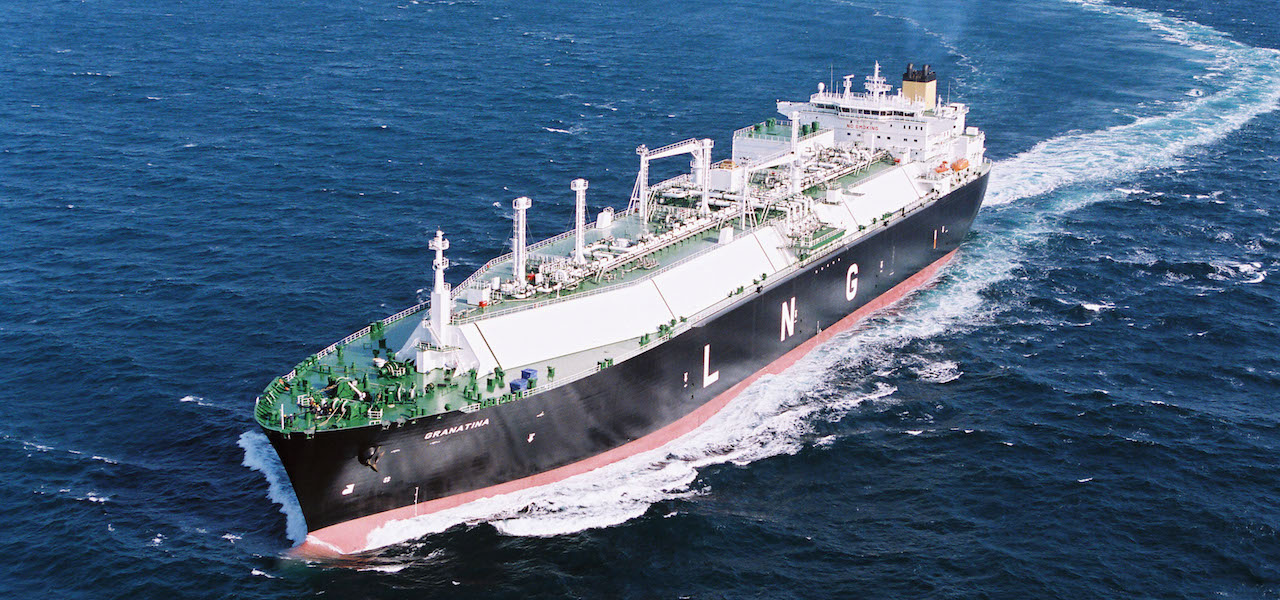Review and reform natural resource revenues

Natural resource revenues account for $2.7 billion or 5.2 per cent of provincial revenues. Resource revenues are generally not taxes, but royalty, rental or stumpage payments that major industries pay the Province for harvesting or extracting natural resources on publicly owned lands.
Revenues are up in the forest sector, but sustaining or increasing those revenues in future years appears unlikely.
Successive, historic wildfire seasons in 2017 and 2018 wiped out vast areas of Crown forest. Aggravating matters, the continued export of unprocessed logs from coastal BC (six million cubic metres exported last year) means that BC loses out on foregone domestic manufacturing opportunities and the increased payroll and corporate taxes such activity generates. The Province needs a coordinated plan to generate more forest revenues that:
- Squarely addresses years of forest mismanagement that has increased wildfire risks.
- Charges exporters higher taxes on raw log exports to stimulate domestic production.
- Generates new carbon tax revenue by extending the tax to waste wood burning.
- Encourages maximum substitution of concrete, steel and brick with wood in buildings.
The ongoing decline in natural gas royalties shows that the provincial government continues to heavily subsidize an industry that must, for the sake of our climate and environment, be rapidly wound down. As an incentive to increase natural gas production, the Province allows companies to dramatically reduce their royalty payments. Credits can be claimed for drilling deep, horizontal and marginal gas wells, and companies can also claim back a portion of infrastructure costs.
In 2018, such reductions allowed the industry to reduce royalty payments by $447 million, a 23 per cent increase over the $363 million in discounts in 2017. Also in 2018, the outstanding balance in BC’s “deep well credit account”—the value of future credits that the industry can claim back, thereby reducing royalty payments—rose by nearly 21 per cent to $2.6 billion. The credit account’s growth has mirrored a steady decline in royalty revenues. In 2008, net natural gas royalty payments were $1.2 billion. By 2017, in stark contrast, they stood at just under $147 million.
The decline in royalty revenues plays out against the notable backdrop of a two-thirds increase in marketable gas production in BC over the same 10 years and a nearly seven-fold increase in the production of valuable natural gas “liquids” such as condensate. Royalties paid on condensate, in particular, are not disclosed in current provincial financial reports.
To safeguard the interests of British Columbians, more information must be made publicly available about the Province’s credit programs and royalty revenue streams. Therefore, the Province should:
- Publish a comprehensive strategy to wind down all natural gas and liquids production in BC by mid-century and identify future revenue streams to replace all revenues associated with current gas production.
- Publish annual reports on the number of gas wells that qualify for credits as well as the credits claimed by individual companies on gas produced at qualifying wells.
- Publish revenues on all natural gas liquids produced. This is essential because the most attractive financial returns to the gas industry are for liquids, not gas.
- Publicize royalty revenues collected as a percentage of the natural gas and gas liquids produced to allow for comparison with other fossil fuel producing jurisdictions.
Water revenues represent a third, less-discussed, revenue stream, which is likely to grow. This revenue stream will be influenced significantly by the water used by major industrial consumers, of which the natural gas industry is increasingly significant. Water use in the gas sector is rising sharply due to the need to use enormous quantities of water in hydraulic fracturing or fracking operations. A key concern is that shared, publicly owned water resources may be priced at too low a level to ensure conservation, particularly by large industrial water users. Moreover, critically important water resources may also be inadequately tracked.
To ensure that these issues are addressed, the government should:
- Require full metering of all water withdrawals with priority on industrial users.
- Publish water use reports by company (precedent is set for doing so in other resource sectors; for example, the forest industry where the volume and value of publicly owned Crown timber logged by company is publicly available).
- Conduct a quick review to determine whether current water rental rates are sufficient to capture the full value and encourage maximum conservation and reuse.
Topics: Environment, resources & sustainability, Provincial budget & finance


